Encountering Driver Error Code 32 on your Windows 11 system can be quite frustrating, as it typically indicates that a specific hardware driver's functionality has been disabled or is not working correctly. This error often affects devices like optical drives, CD/DVD players, and Blu-ray players. If you've seen the message "A driver (service) for this device has been disabled in the registry. An alternate driver may be providing this functionality.", don't worry. There are several methods you can try to resolve this issue and restore your device to proper working order.
Reinstall the driver
Sometimes, reinstalling the problematic driver can fix Error Code 32 by replacing corrupted or misconfigured driver files. You can uninstall the driver and allow Windows to reinstall it automatically upon reboot.
Step 1: Open the Device Manager by clicking on the Start menu and typing Device Manager. Then, select the Device Manager application from the search results.
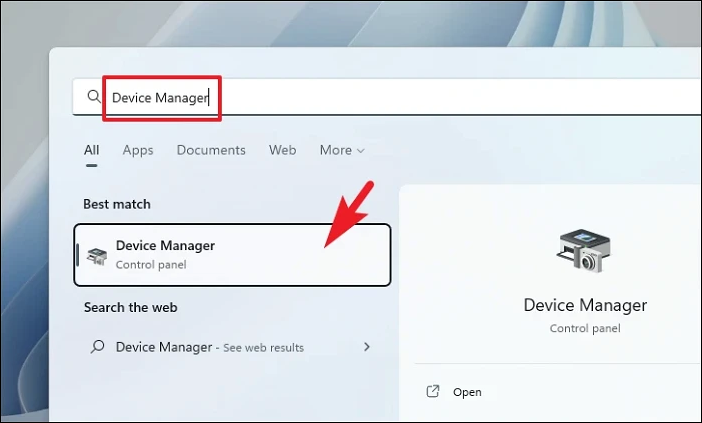
Step 2: In the Device Manager window, locate the category of the device that's causing the issue. For example, if you're dealing with a CD/DVD drive error, expand the DVD/CD-ROM drives section. Since our test machine doesn't have an optical drive, we'll demonstrate using the Audio inputs and outputs category.
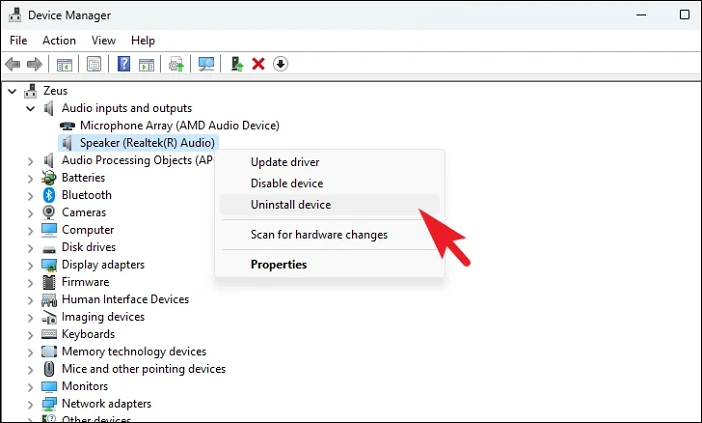
Step 3: Right-click on the device you want to reinstall—for instance, your CD/DVD drive or, in our example, the Speakers—and select Uninstall device from the context menu. A confirmation dialog will appear.
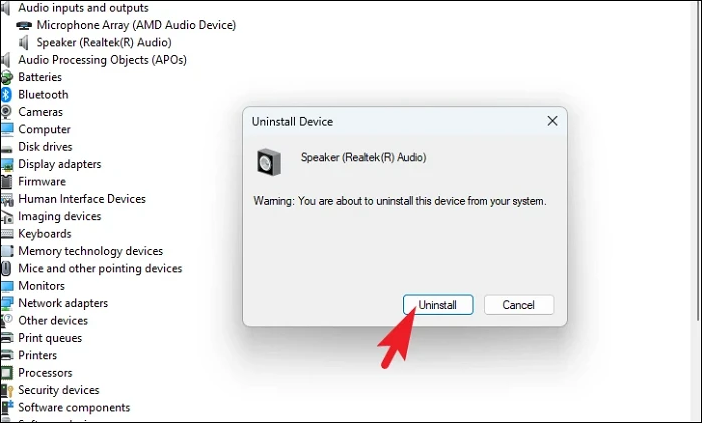
Step 4: In the confirmation window, check the box next to Attempt to remove the driver for this device, and then click Uninstall.
Step 5: Restart your computer. Upon reboot, Windows will automatically detect the missing driver and reinstall it, which may resolve the error.
Update the driver
If reinstalling the driver doesn't solve the problem, ensuring that your driver is up to date is essential. Outdated drivers can often lead to conflicts and errors like Code 32.
Step 1: Open the Device Manager by clicking on the Start menu, typing Device Manager, and selecting it from the search results.

Step 2: In the Device Manager, expand the category of the problematic device, such as DVD/CD-ROM drives or, in our example, Mice and other pointing devices. Right-click on the device and select Update driver.
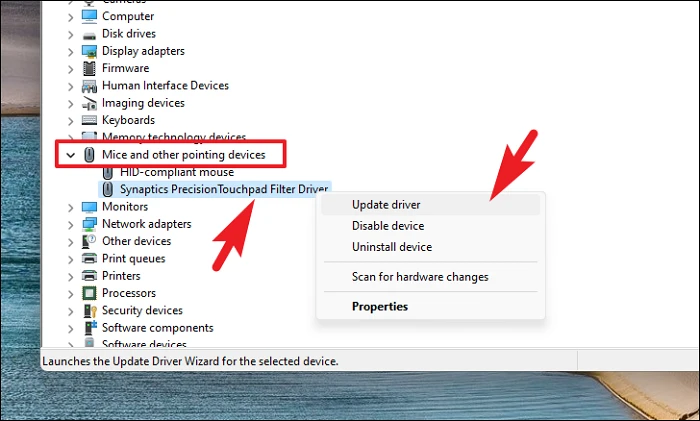
Step 3: Choose Search automatically for drivers to let Windows find and install the latest driver version.
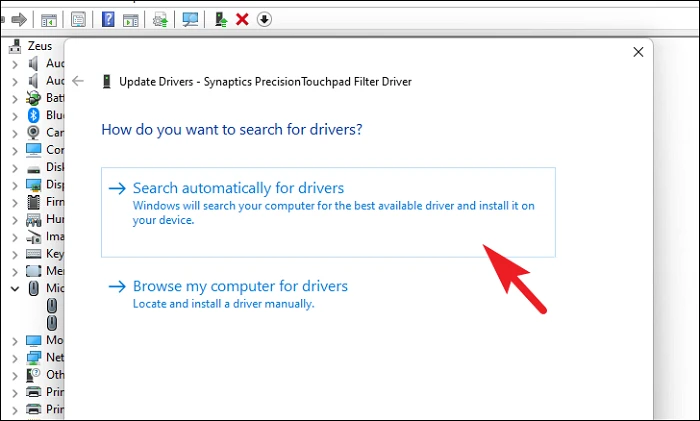
Roll back the driver
If the error began after a recent driver update, rolling back to a previous version might fix the issue.
Step 1: Open the Device Manager by searching for it in the Start menu.

Step 2: Find and expand the category of the device you're experiencing issues with. Right-click on the device and select Properties from the context menu.

Step 3: In the Driver tab, click on Roll Back Driver. A window will prompt you to select a reason for rolling back.

Step 4: Choose a reason and click Yes. Windows will revert to the previous driver version. After the process completes, restart your computer.
Tweak registry files
If driver updates and reinstalls haven't resolved the issue, modifying certain registry entries might help. Please be cautious when editing the registry, as incorrect changes can lead to system instability.
Step 1: Open the Registry Editor by typing Registry Editor in the Start menu and selecting it.
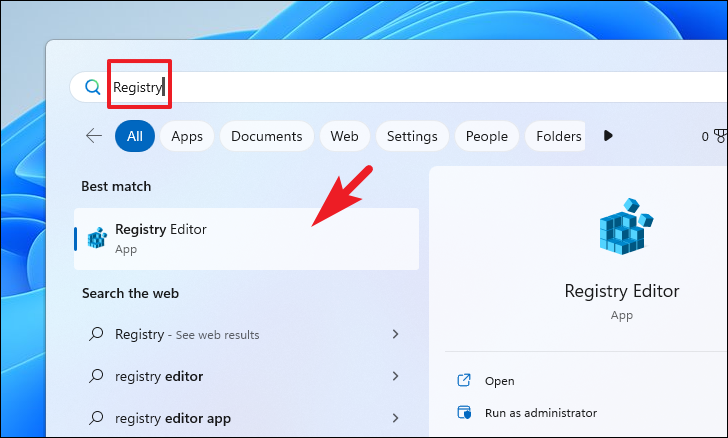
Step 2: Navigate to the following path by copying and pasting it into the Registry Editor's address bar and pressing Enter:
HKEY_LOCAL_MACHINE\SYSTEM\CurrentControlSet\Services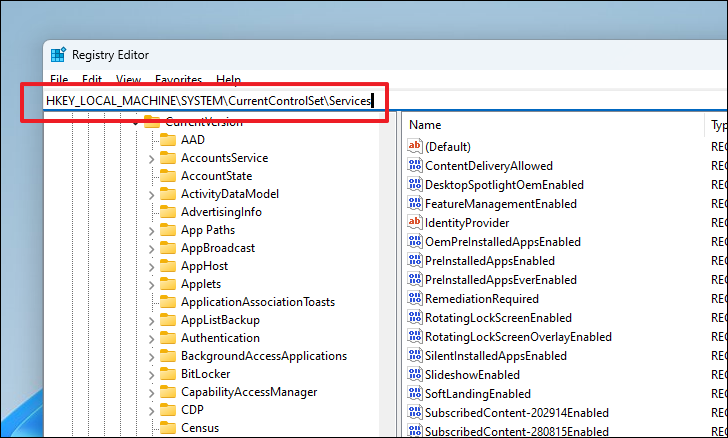
Step 3: Locate the folder corresponding to your device's driver. For example, if the issue is with a USB mass storage device, find USBSTOR and click on it.

Step 4: In the right pane, double-click on the Start entry.
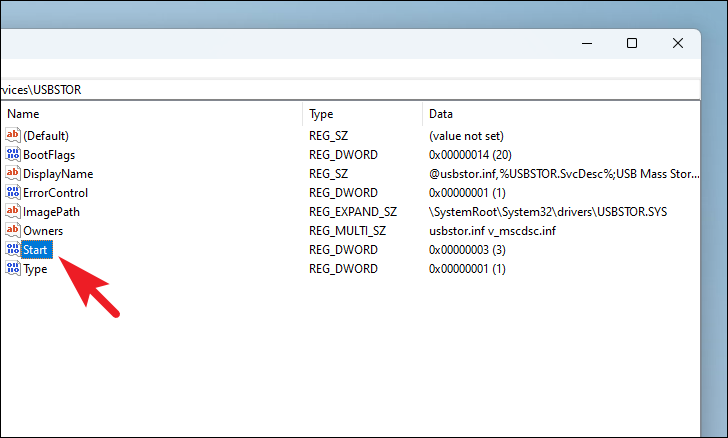
Step 5: Change the Value data to 3 and click OK. Close the Registry Editor and restart your computer.

Delete registry files from specific GUID class
Each device driver has a unique GUID (Globally Unique Identifier) in the registry. Deleting certain registry entries associated with your device may help resolve the error.
Step 1: Open the Registry Editor from the Start menu.
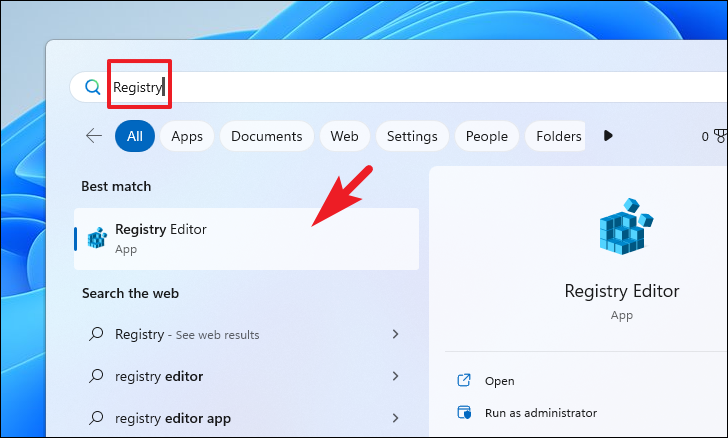
Step 2: Navigate to the following path:
Computer\HKEY_LOCAL_MACHINE\SYSTEM\CurrentControlSet\Control\Class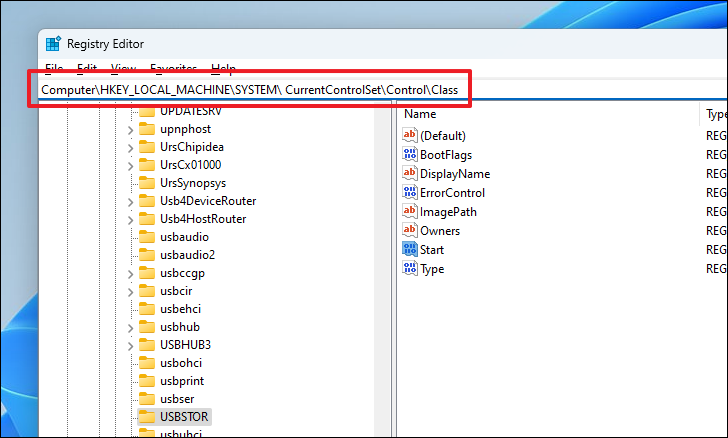
Step 3: Find the GUID associated with your hardware device. You can refer to Microsoft's documentation on system-defined device setup classes for guidance. Once found, select the corresponding key.

Step 4: In the right pane, right-click on UpperFilters and select Delete. Confirm the deletion when prompted.

Step 5: Repeat the process for LowerFilters if it exists. After deleting these entries, close the Registry Editor and restart your computer.

Roll back to a system restore
If you suspect that a recent software change or third-party installation is causing the error, rolling back your system to a previous restore point may help.
Step 1: Open the Control Panel by typing Control Panel in the Start menu and selecting it.
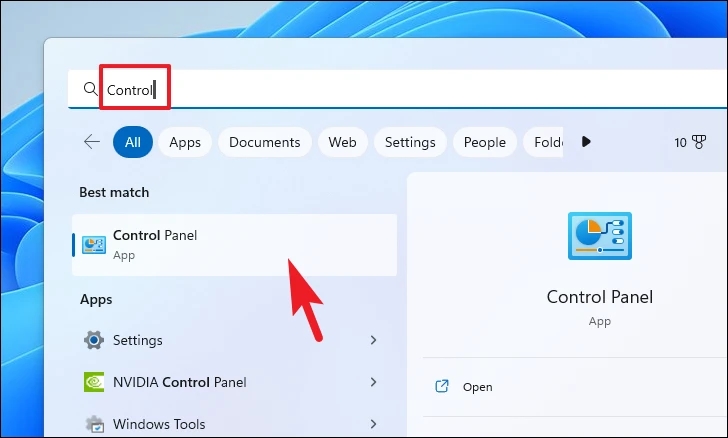
Step 2: In the Control Panel, click on Recovery.
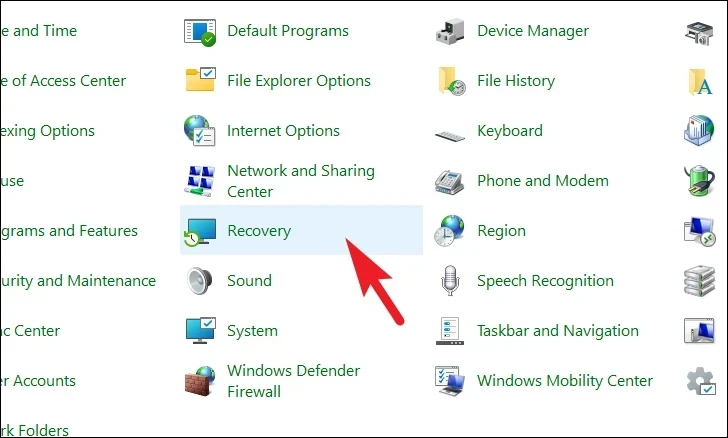
Step 3: Click on Open System Restore. The System Restore window will appear.
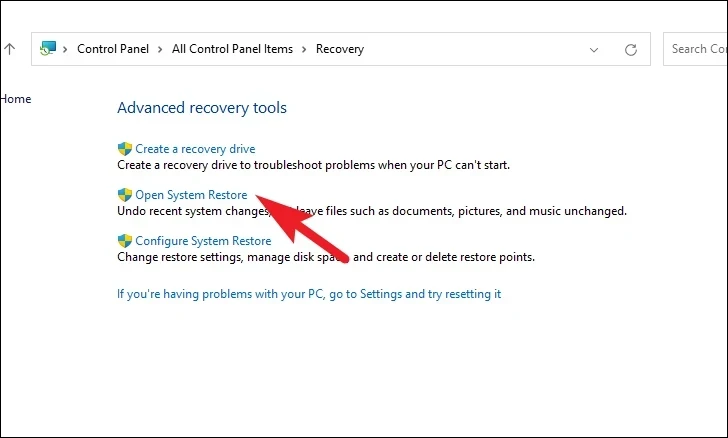
Step 4: Click Next, then select a restore point from the list. Choose a date when your system was functioning correctly.
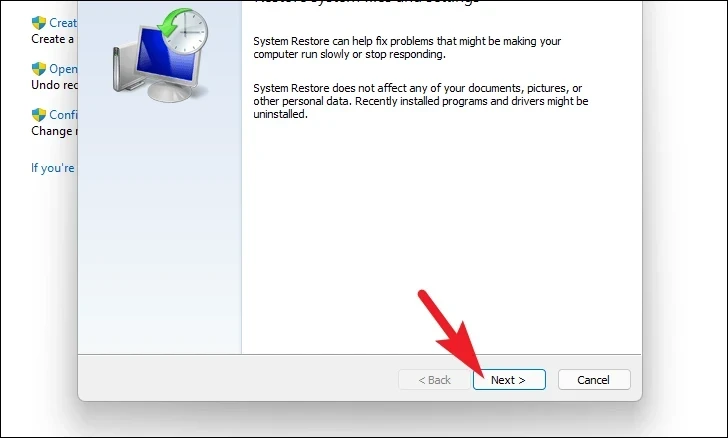
Step 5: You can check which programs will be affected by clicking Scan for affected programs. Review the information, then click Close.

Step 6: Click Finish to start the system restore process. Your computer will restart and restore to the selected point.
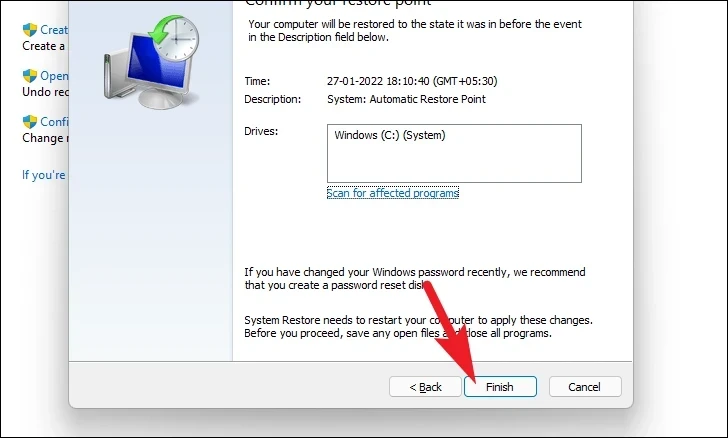
Dealing with Error Code 32 can be a hurdle, but by following these methods, you should be able to resolve the issue and get your hardware working properly again.


